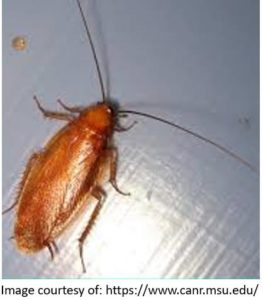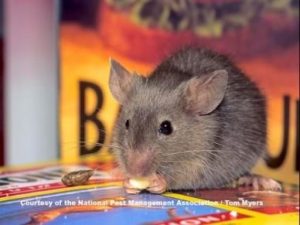Escherichia coli (E. coli)

Not all Escherichia coli (E. coli) is created equal. E. Coli is naturally occurring and is a bacteria species that normally lives in the intestines of healthy people and animals. There have been more than 700 serotypes of E. coli identified. While most varieties of E. coli are harmless or cause relatively brief diarrhea, but a few strains can cause severe abdominal cramps, bloody diarrhea, vomiting and death.
Shiga toxin-producing E. coli (STEC) can cause serious illness in humans by producing toxins that can severely damage the lining of your intestines and kidneys. Infection with STEC strains can lead to serious complications like hemolytic uremic syndrome (HUS), which sometimes is fatal. E. Coli O157:H7 is the most common strain affecting the food supply and a leading cause of food recalls. The illnesses caused by E. Coli usually begin 2-5 days after infection but can also range from 1 to 8 days. Symptoms may include severe bloody diarrhea, abdominal cramps, little or no fever and other symptoms may include non-bloody diarrhea or no symptoms at all. The illness usually resolves in 5 to 10 days. The more common cause for transmission includes undercooked meats, produce items (prepackaged salads, lettuce, sprouts, melons, etc.) can be contaminated through contact with cattle feces in the field, or person-to-person contact in families and childcare centers.
Proper handling of foods and good hygiene are the best prevention methods to avoid infection.
Submitted by: Rich Gibson ACE, CFSQA
The Pennsylvania Wood Cockroach

Order: Blattodea Family: Ectobiidae Genus: Parcoblatta Species: P. pensylvanica
Not all roaches want to infest a facility, many, like the Pennsylvania Wood Cockroach, prefer the great outdoors. Although different in behavior, the Pennsylvania wood roach looks like a lot of other cockroaches. It is similar in shape to the American cockroach and similar in color and markings to the German cockroach (but much bigger).
Male Pennsylvania Wood Roaches are dark brown; the sides of the thorax and the front half of the wings are margined with yellow. Adult males are fully winged, while females have conspicuous wing pads which are functionless.
This roach is typically found under logs and stones in northern latitudes. The male and female are so different in appearance that they were once considered separate species. The male, 15 to 25 mm (0.6 to 1 inch) long, has wings that extend past the abdomen.
The Pennsylvania wood cockroach has three developmental stages: egg, nymph, and adult. Eggs are laid in egg capsules, produced during the warm months and deposited behind the loose bark of dead trees, fallen logs, or stumps.
Breeding populations rarely become established indoors, therefore interiors should not be treated. Treat exteriors only when wood cockroaches enter buildings from the surrounding environment. An appropriately labeled residual insecticide should be considered to establish a perimeter treatment of the exterior, as necessary.
Submitted by: Rich Gibson, ACE, CFSQA
Mice in a Century Old Bakery

In the Mid-Atlantic region, a commercial bakery was brought on as a client. The bakery was experiencing heavy rodent pressure. After the initial set-up and inspection, it was clear the client was dealing with a large population of the house mouse. A high rodent count combined with the fact that this bakery was established nearly a century ago, RK Environmental Services (RKE) knew the work that had to be done was going to be challenging. A deep dive discussion took place between the RKE team and the leadership team of the bakery. Collectively, the decision to was made to commence with a multi layered, strategic approach including rodent trapping and heavy exclusion tactics.
Before RKE could begin the trapping campaign, the team was informed the bakery management would not permit open snap traps in the facility. RKE utilized cardboard tunnel traps, which can fit a snap trap inside. This allowed for compliance with management’s wishes, but also kept efforts clean and efficient. The snap traps we baited with pieces of preserved meat snacks on some and others used cotton balls scented with vanilla extract. As far as exclusion was concerned, it was all hands-on deck. This nearly 100 year old building had holes, nooks and crannies everywhere. The team completed a majority of the exclusion work using expanding foam and other sealant materials. Wire mesh was utilized to close off the multiple holes leading from one floor to the next.
Since the implementation of the program, the quantity of sightings/captures has dramatically been reduced. The client’s Management and Ownership were pleased with the results and has since referred RKE to two other companies in the immediate area, leading to extended partnerships. The fight against mice is never ending but through a combined effort, the mice are “on the run” and both teams look forward to the day when victory can be officially declared.
- Take away tips:
• Teamwork makes the dream work. Don’t be afraid to ask the team and teammates for help.
• Sometimes you need to think “inside” the box (put the snapper in the box)
• Cotton is a good bait because mice want shelter materials as much as food
• Select sealing materials makes it difficult for rodents to chew through.
Submitted by: Nick Crawford
Service Specialist/MA Region
RK Environmental Services






